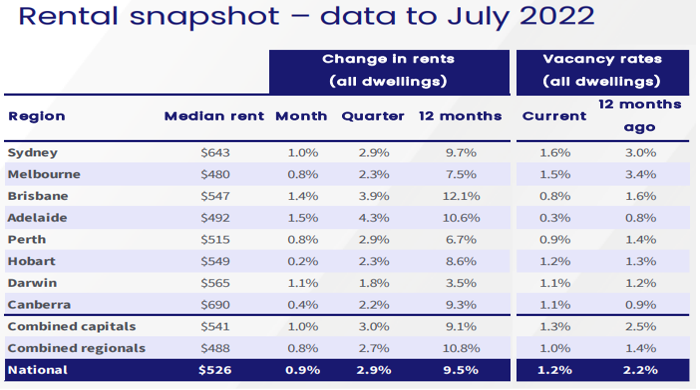Late last year, the former Morrison Government implemented a bunch of reforms aimed at driving a “rapid return of international students”. Most importantly:
- The number of hours that international students could legally work while studying was uncapped, replacing the former 20 hour a week work limit;
- Graduates of Vocational Education and Training (VET) courses would now receive a two year Temporary Graduate visa.
Last week, the Australia Asia Forum reported a 500% increase in student visa applications from India seeking work rights and residency.
Early indications from recruitment firms suggests that 2023 could see a record number of international students flooding Australia. These student recruitment firms have observed that prospective student leads are at a 12-year high, while Jon Chew from Navitas says that visa lodgements are currently tracking above 2019 levels (a record year), with that trend tipped to continue in 2023:
“Australia will be back in 2023. It will be back and probably our largest year ever, even ahead of 2019,” [Andrew Barkla, chief executive of global student recruitment giant IDP Education] said.
“There is no question on the demand side. The important thing is that we remain competitive in offering post-study work rights and making sure visa processing speeds up”…
“Visa lodgements are currently tracking above 2019 levels,” Mr Chew said. “I expect that 2023 will continue along that trend”…
“The demand we are seeing for Australian international education is at record levels… “We have never seen a stronger outlook”, [Jake Foster, chief commercial officer with student recruitment firm AECC Global said]…
“In July, AECC Global saw the single biggest month of prospective student activity we have seen in the last 12 years.
“Last month we received 34 per cent more inquiries than we ever have for prospective international students seeking to study in Australia”.
However, there are concerns that a significant number of people from poorer developing nations like India and Nepal are using student visas as a backdoor to working in Australia, following the former Morrison Government’s afore mentioned removal of work caps:
Mr Chew said visa applications from Nepal were double for higher education and triple for the vocational education sector compared to 2019 when working hours were capped at 40 hours a fortnight.
“That’s not to cast aspersions on students, whether they are here to study or to work, but that is a phenomenal jump,” Mr Chew said.
Clearly, the Morrison Government’s visa changes have turbo charged applications from non-genuine students using the student visa system as a backdoor work visa en route to permanent residency.
It also explains why the education-migration industry is lobbying so hard to further expand work rights and permanent residency for international students, knowing that it would lead to an avalanche of visa applications from poorer nations.
The above proves, yet again, that ‘international education’ is really a people-importing immigration industry rather than a genuine education export industry.
Because if work rights and permanent residency were scaled back, the whole ‘international education’ industry would collapse.
The bigger issue is that Australia’s rental market is already in crisis, with vacancy rates at record lows and rents soaring at near double-digit rates:

Record tight vacancies, soaring rents.
Obviously adding hundreds of thousands of international students to demand next year will turn the rental crisis into a catastrophe.
Not that the education-migration industry cares. They are only concerned about privatising the gains from the international student flood, while the broader costs are socialised on the broader Australian public via higher housing costs, infrastructure strains, lower wage growth, and degraded education quality as standards are gutted to accommodate the lowest common denominator.
Instead of taking advice from those rent-seekers, the Albanese Government should instead target a smaller intake of higher quality students by:
- Lifting entry standards (particularly English-language proficiency);
- Lifting financial requirements needed to enter Australia; and
- Reduce work rights and remove the explicit link between studying and permanent residency.
These reforms would raise student quality, would lift export revenues per student, would improve wages and conditions in the labour market, and would reduce enrolment numbers to sensible and sustainable levels, in turn improving quality and the experience for local students. They would also relieve pressure on the rental market.
Sadly, we all know Labor won’t make these reforms. Because Big Business, Big Property and the education-migration industry pulls the strings. And they all demand mass immigration, pronto!

